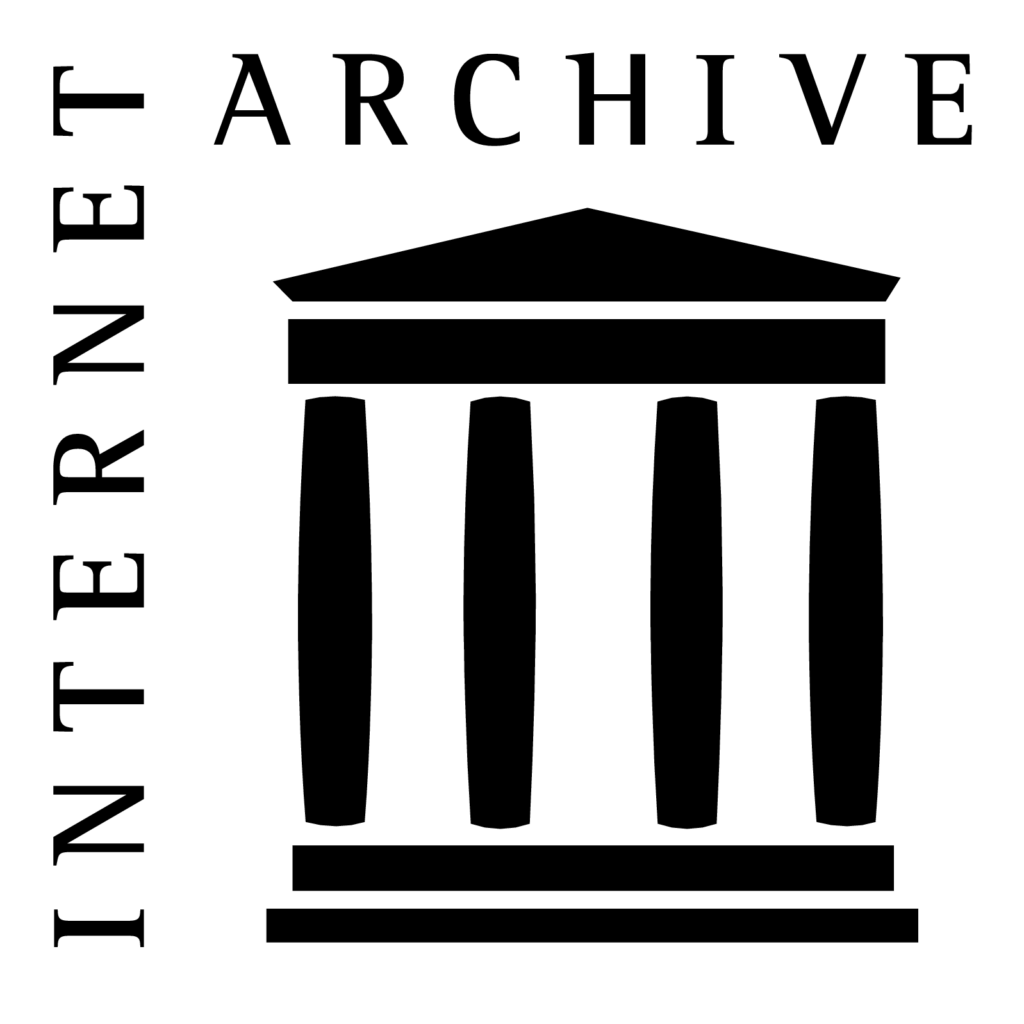
We got a disappointing decision yesterday from the Second Circuit Court of Appeals in the long-running Hachette v. Internet Archive (IA) copyright lawsuit about IA’s digitization and lending of books. The Court affirmed the district court’s decision that IA cannot circulate digital copies of books they have legitimately acquired in physical copies, even when only the same number of copies as legitimately acquired are circulated to a single user at a time—just as a physical book would be loaned.
The Court, focusing on IA’s lending of digitized books that were available for license as ebooks from the publishers, concluded that IA’s fair use defense fails. We think this decision will result in a meaningful reduction in access to knowledge. This is sad news for many authors who have relied on IA’s Open Library for research and discovery, and for readers who have used Open Library to find authors works. However, we also view it as a decision limited to its facts—that is, IA’s particular implementation of controlled digital lending (CDL), and more specifically, its lending of books that are already available in licensed digital formats.
We plan to do a more in-depth analysis of the Court’s decision later, but for now, we offer some initial thoughts. First, there are a couple of bright spots in the opinion:
1) The Court rejected the district court’s conclusion that IA was engaged in commercial use when looking at the first factor of fair use. The publishers argued IA’s lending of digitized books was commercial in nature because IA received a few thousand dollars from a for-profit used-bookseller and also solicited donations on its website. The Court rightly pointed out that if that was the standard, virtually every nonprofit that solicits donations would by default only be able to engage in commercial use. This was an issue we and others strongly urged the Court to address, and we’re glad it did.
2) For the most part, the Court focused its analysis on the facts of the case, which was really about IA lending digitized copies of books that were already available in ebook form and licensable from the publishers. The legal analysis in several places turned on this fact, which we think leaves room to make fair use arguments regarding programs to digitize and make available other books, such as print books for which there is no licensed ebook available, out-of-print books, or orphan works. CDL will remain an important framework, especially considering the lack of an existing digital first-sale doctrine.
We are also disappointed by several key points in the decision:
One was the Court’s assessment of the first fair use factor, “purpose and character of the use.” The Court’s analysis of this factor was in some ways unsurprising but nevertheless disappointing. The Court did little more than conclude that the use was not transformative and, therefore, not fair use. Though we think there are strong arguments that CDL is transformative, whether CDL is “transformative” is just one of the supporting rationales for the argument that CDL is fair use. The other justifications—that CDL supports teaching, scholarship, and research, along with complementing the first sale doctrine and supporting the public-interest mission of libraries—are at the heart of CDL. The Court didn’t engage with those other arguments at all and also ignored meaningful discussion of cases where non-transformative copying supported a fair use finding because of the public benefits.
A second key issue is about whether IA’s digital lending negatively impacts the market for the original works. This issue probably deserves a whole blog post to itself, but in short the analysis came down to who shoulders the burden of proving or disproving market harm, and what default assumptions the court has about market harm. The following quotes from the decision will give you a sense of how the Court analyzed the issue:
[a]lthough they do not provide empirical data of their own, Publishers assert that they (1) have suffered market harm due to lost eBook licensing fees and (2) will suffer market harm in the future if IA’s practices were to become widespread. IA argues that Publishers cannot rely on the “common-sense inference” of market harm without data to back that up, citing American Society for Testing & Materials v. Public.Resource.Org, Inc. [citations omitted]. . . . We agree with Publishers’ assessment of market harm.
Despite IA’s experts having offered meaningful data and analysis indicating a lack of market harm on sales of publishers’ books, the Court went on to say:
We are likewise convinced that “unrestricted and widespread conduct of the sort engaged in by [IA] would result in a substantially adverse impact on the potential market for [the Works in Suit]. . . . Though Publishers have not provided empirical data to support this observation, we routinely rely on such logical inferences where appropriate in assessing the fourth fair use factor. . . . Thus, we conclude it is “self-evident” that if IA’s use were to become widespread, it would adversely affect Publishers’ markets for the Works in Suit.
We are also disappointed by how the Court portrayed the overall public benefit of IA’s lending and its long-term effect: “while IA claims that prohibiting its practices would harm consumers and researchers, allowing its practices would―and does―harm authors.” We think this is a gross generalization and mischaracterization of how IA’s digital lending affects most authors. Authors are researchers. Authors are readers. IA’s digital library helps authors create new works and supports their interests in having their works read. This ruling may benefit the largest publishers and most prominent authors, but for most, it will end up harming more than it will help.
Discover more from Authors Alliance
Subscribe to get the latest posts sent to your email.
